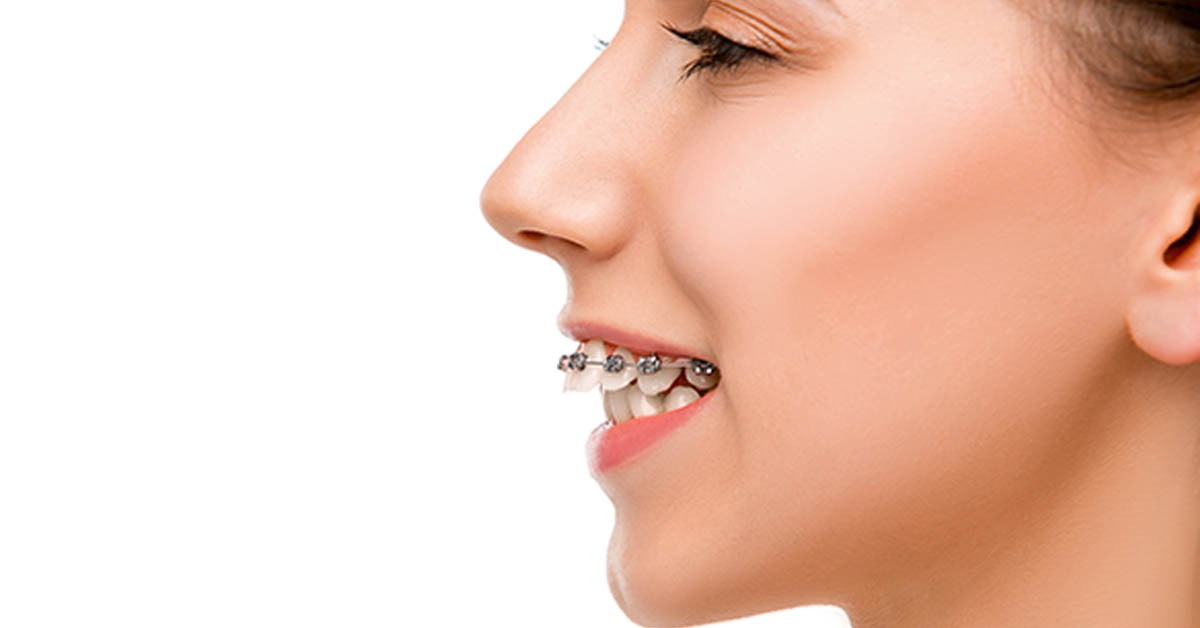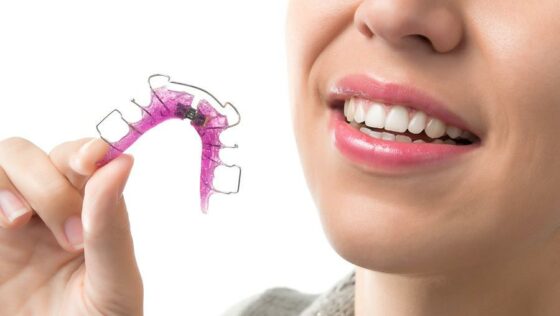The Definitive Guide to All Star Family Orthodontics
The Definitive Guide to All Star Family Orthodontics
Blog Article
The Main Principles Of All Star Family Orthodontics
Table of ContentsNot known Details About All Star Family Orthodontics Get This Report about All Star Family OrthodonticsHow All Star Family Orthodontics can Save You Time, Stress, and Money.Things about All Star Family OrthodonticsSome Of All Star Family Orthodontics

At Advanced Orthodontics, we provide individuals with a all natural therapy experience. In addition, we use adjustable treatment schedules, flexible payment choices and an enjoyable, satisfying experience - orthodontist. Phone call ( 480) 357-4900 today for more details and routine a visit.
An orthodontist is a dental expert trained to identify, protect against, and treat teeth and jaw irregularities. Orthodontists work with people of all ages, from youngsters to grownups.
Malocclusion, or misaligned teeth, can cause dental concerns, consisting of dental cavity, gum tissue condition, and hard or uncomfortable eating. Yet not everyone is born with straight teeth. If you have a poor bite or large rooms between your teeth, you may intend to seek advice from a dentist concentrating on orthodontic care.
5 Simple Techniques For All Star Family Orthodontics
(Photo Credit History: DigitalVision/Getty Images) Orthodontists use fixed and detachable oral devices, like dental braces, retainers, and bands, to alter the position of teeth in your mouth. Orthodontic treatment is for oral problems, including: Crooked teethBite troubles, like an overbite or an underbiteCrowded teeth or teeth that are as well much apartJaw misalignmentThe goal of orthodontic treatment is to enhance your bite.
A healthy and balanced bite ensures you can eat, chew, and talk correctly. While you may think about orthodontists as mainly for youngsters or teenagers who require braces, they can remedy oral problems at any type of age. Orthodontists attend college, oral school, and orthodontic school. After graduation, they invest 2 or 3 years in an orthodontic residency program.
, however not all dentists are orthodontists. They concentrate on two areas: How to appropriately and securely move teeth Just how to appropriately assist development in the teeth, jaw, and faceOnce an orthodontist has actually completed training, they have the option to end up being board accredited.
Get This Report on All Star Family Orthodontics
Misalignment, or malocclusion, is the most usual factor people see an orthodontist. It is genetic and is the result of size differences in between the upper and lower jaw or in between the jaw and teeth. Malocclusion leads to tooth overcrowding, an askew jaw, or uneven bite patterns. Malocclusion is typically treated with: Your orthodontist connects steel, ceramic, or plastic square bonds to your teeth.
If you have just minor malocclusion, you may be able to utilize clear dental braces, called aligners, as opposed to typical braces. Some people require a headgear to assist relocate teeth into line with pressure from outside the mouth. After dental braces or aligners, you'll require to wear a retainer. A retainer is a personalized device that keeps your teeth in position.

You might need to see an orthodontist if you have: Crowding or otherwise enough area for every one of your teethOverbite, when your top teeth come by your base teethUnderbite, when your bottom teeth are as well far forwardSpacing or concerns with gapsCrossbite, which is when your top teeth fit behind your base teeth when your mouth is closedOpen bite or a vertical space between your front base and top teethMisplaced midline, when the center of your bottom and top teeth don't align Correcting an oral malocclusion can: Make attacking, chewing, and speaking easierImprove the symmetry of our face and your total appearanceEase pain from temporomandibular joint problemsDifferent your teeth and make them less complicated to cleanse, aiding stop dental caries or cavities It's often a dental expert that initially notices misaligned teeth throughout a routine examination.
Not known Factual Statements About All Star Family Orthodontics
Throughout your very first orthodontic examination, you'll likely have: A dental examPhotos taken of your face and smileDental X-raysPanoramic (360 degree) X-rays of your face and headImpressions to develop molds of your teethThese tests will help your orthodontist recognize how to continue with your therapy. An orthodontist is a dental practitioner who's had training to treat your teeth and jaw.
Orthodontists are dental experts but not all dentists are orthodontists. Orthodontists are concentrated on your bite, or the means your teeth fit with each other, and the straightness of your teeth.

This initial assessment entails an aesthetic examination of your teeth and bite, X-rays, and potentially also 3D scans. By meticulously reviewing these aspects, the orthodontist can identify any type of misalignments, crowding, spacing problems, or jaw disparities. When a clear picture is established, the orthodontist will go over individualized therapy choices. This discussion will cover the kind of dental braces or aligners recommended (typical steel braces, clear aligners like Invisalign, best site and so on), the approximated therapy period, and any kind of possible challenges or adverse effects.
The 9-Second Trick For All Star Family Orthodontics
, orthodontists have a diverse toolkit at their disposal. These tried-and-true dental braces use a system of braces bound to the teeth and attached by cables.
Clear aligners, like Invisalign, are a popular alternative for individuals seeking a more discreet therapy alternative. These detachable trays are personalized to considerably move the teeth's position. Headwear may be used together with dental braces or aligners to use extra targeted forces, particularly for fixing jaw inconsistencies. In situations of narrow jaws, palatal expanders can be utilized to produce space for correct tooth alignment.
Report this page